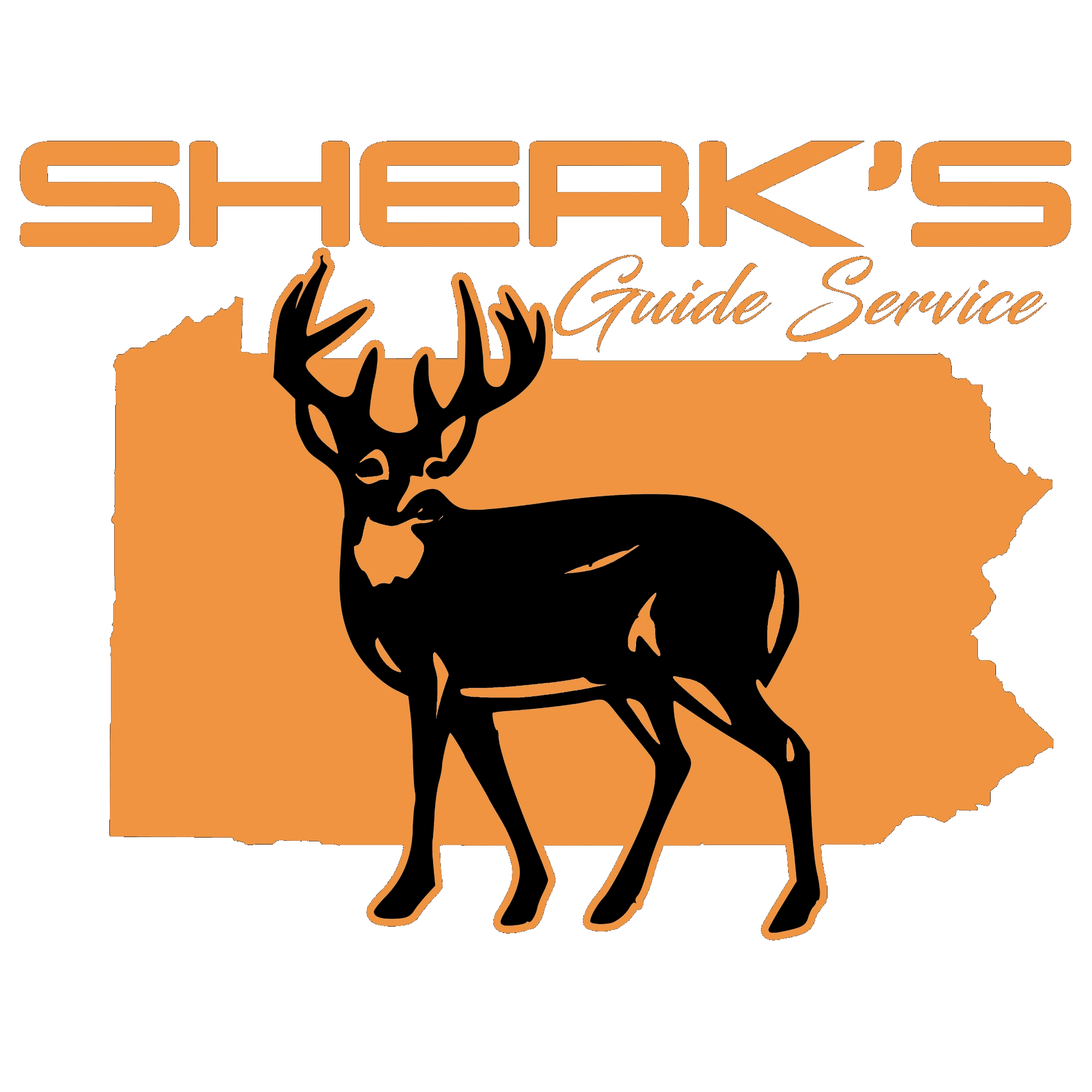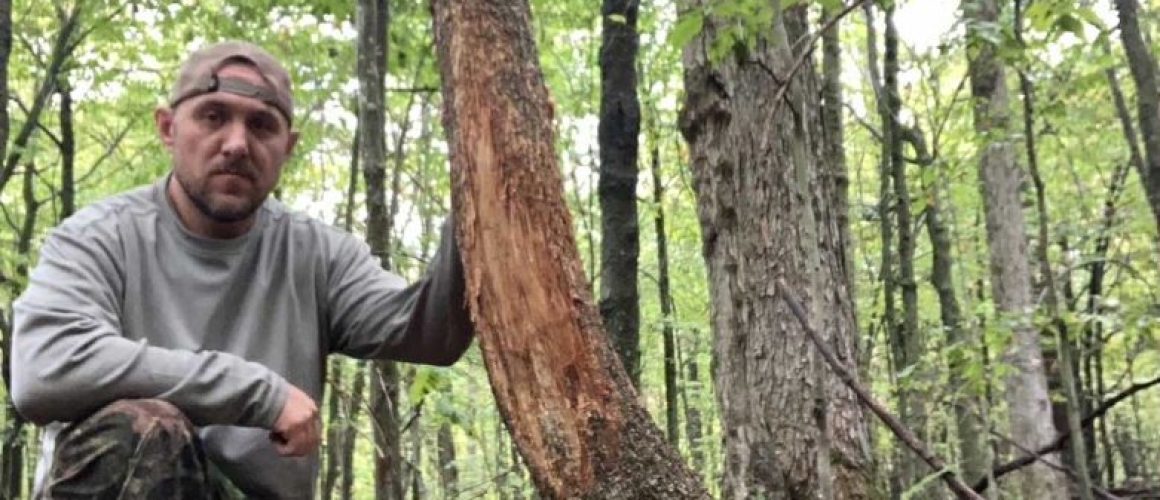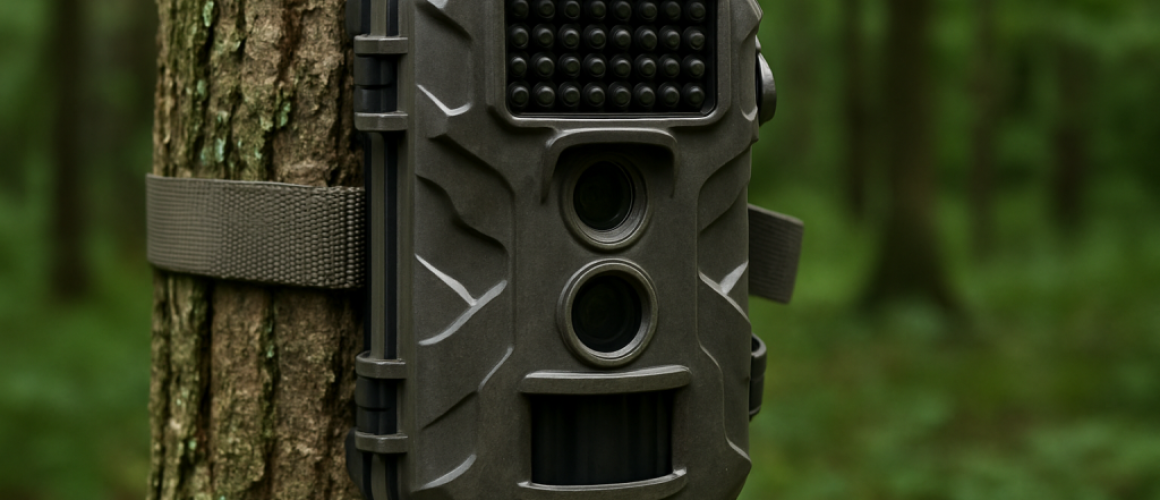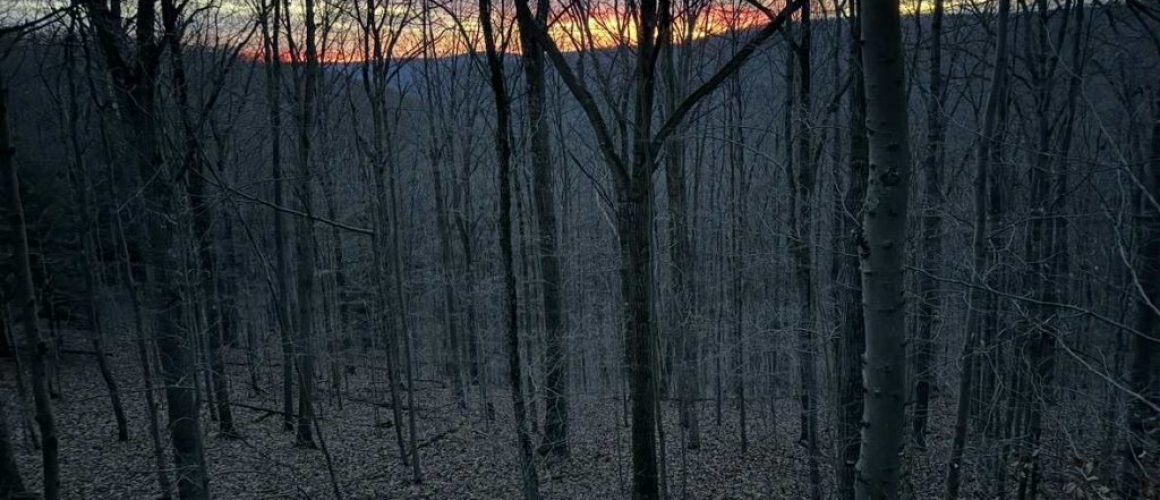Don’t Chase Sign—Hunt Deer: Reading the Big Woods the Right Way
Every hunter dreams of walking into the big woods and stumbling across a giant rub line or a shredded scrape. The temptation is strong: hang a stand, wait, and hope the buck comes back.
But in northern Pennsylvania’s vast forests, that mindset often leads to empty sits. Mature bucks don’t always advertise their presence with sign. If you’re relying only on rubs and scrapes, you might be chasing ghosts.
At Sherk’s Guide Service, I’ve spent decades guiding hunters in the Allegheny Mountains. The biggest lesson? Don’t hunt sign—hunt deer.
Why Sign Can Be Misleading
- Mature bucks don’t always lay it down. Some of the oldest deer leave almost no rubs or scrapes, even in their core areas.
- Competition matters. If there aren’t many other bucks around, you may see little sign—but that doesn’t mean there isn’t a giant close by.
- Timing is everything. A rub that looks fresh today may have been made at night, and the buck could already be bedding a half-mile away.
Sign is evidence of activity, but not always a map to success.
Focus on Habitat, Not Just Markers
Instead of chasing every rub or scrape, look at the bigger picture:
- Bedding areas. Thick clear-cuts, mountain laurel, and beech brush are prime.
- Food sources. Acorns, apples, cherries, and fall browse dictate daily movement.
- Security cover. Bucks choose terrain that lets them see, smell, and escape danger.
A scrape without does nearby is just a pretty patch of dirt. But a pocket with food, cover, and security? That’s where you hunt.
What Trail Cameras Teach Us About Sign
Through years of running hundreds of cameras, I’ve learned that many mature bucks walk by sign without touching it. They scent-check scrapes, skirt rub lines, and leave little visual evidence.
The lesson? Patterns matter more than sign. Historical data shows when and how bucks use an area, even if they don’t leave much behind.
Action Steps for Smarter Hunting
- Don’t abandon an area just because there’s little sign. Study bedding and food sources.
- Use clusters of cameras to learn actual movement, not just markings.
- Trust your scouting instincts—sometimes the most overlooked pockets hold the biggest deer.
- Remember: a mature buck’s survival depends on not advertising his presence.
Final Thoughts
Rubs and scrapes are exciting, but they’re not the whole story. To consistently find success in Pennsylvania’s big woods, you need to hunt deer where they live—not just where they scratch the dirt.
At Sherk’s Guide Service, we help hunters understand the land, the food, and the bedding areas that truly matter.



